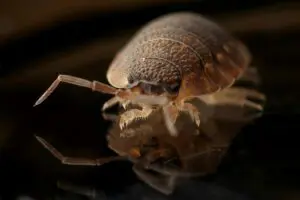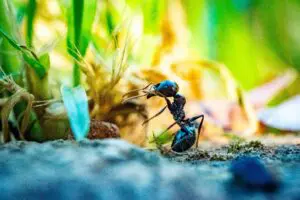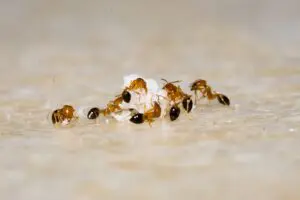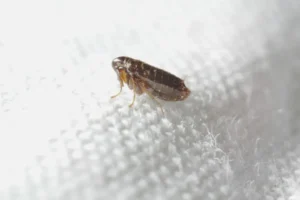
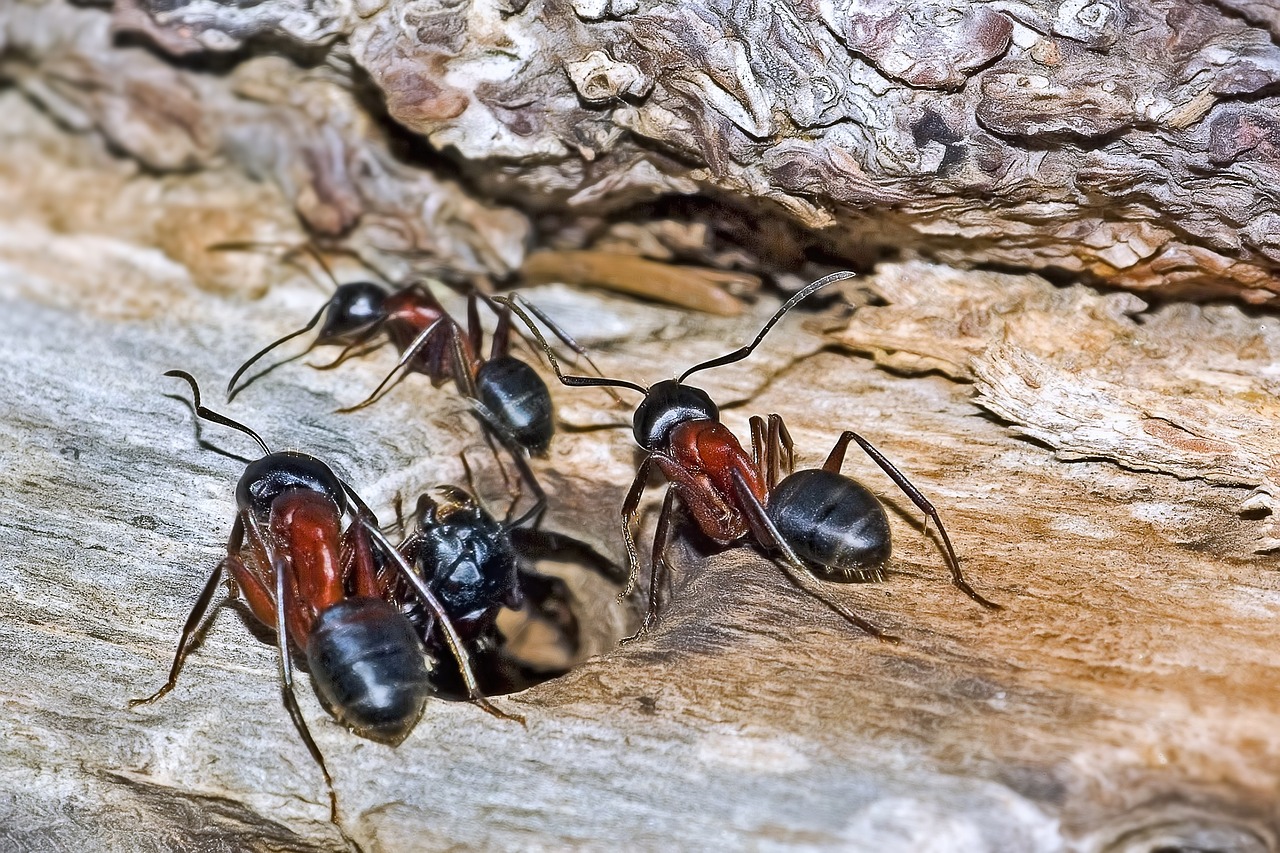
Carpenter ants are known for their impressive size and have the power to wreak havoc on commercial and residential spaces alike. Unlike termites, these smart and industrious little insects do not consume wood but rather tunnel through it to create their nests. Over time, this behavior leads to significant structural damage and can completely compromise the integrity of buildings which poses safety hazards to occupants.
The impact of carpenter ants on a property can be extreme and these infestations often go unnoticed until the damage is already extensive. And if left unchecked, carpenter ants can cause costly repairs and diminish the value of the property.
If you experience this kind of infestation, prompt removal of carpenter ants is essential to mitigate the damage and restore the safety and integrity of the building. Delaying action only allows the infestation to worsen which will inevitably lead to greater destruction and expense. By addressing carpenter ant infestations, homeowners and property managers are able to protect their investments.
In this article, we take a closer look at how to get rid of carpenter ants in your house or office, from prevention tactics to targeted treatment methods. By understanding the behavior of carpenter ants and taking the appropriate control measures, individuals can keep their homes safe from these destructive pests.
Recognizing Carpenter Ant Activity
When it comes to the question of how to get rid of carpenter ants, it is important to recognize carpenter ant activity to prevent further infestation. Carpenter ants are well known for their stealthy presence and destructive tendencies, making it important to recognize the signs of their activity early on. Identifying these signs allows homeowners and property managers to take proactive measures to address infestations before they escalate. Below, we give you insight into the signs of carpenter ant activity.
Visible Signs of Carpenter Ants:
There are certain visible signs that can indicate you may have a carpenter ant infestation and it is important you always keep an eye out for any of the following visible signs in your home or office space:
- Visible Ant Trails: Carpenter ants often create visible trails along edges or corners of structures, especially at night when they are most active. These trails often appear as orderly lines of ants moving in sync along surfaces, such as walls, floors, or countertops. Carpenter ants are usually dark-colored and range from black to reddish-brown. They also vary in size depending on their role within the colony.
- Winged Ants: If you see swarms of winged ants emerging from nests, particularly in the spring, this is a sign that you already have an established colony.
- Frass: Keep an eye out for sawdust-like material known as frass which may be found near nesting sites or along ant trails, indicating excavation activity in your building.
Auditory Indicators of Carpenter Ants:
There are certain auditory signs that can indicate you may have a carpenter ant infestation and it is important you always keep an ear out for any of the following auditory signs:
- Rustling Sounds: Faint rustling or crackling sounds coming from within walls or wooden structures may indicate carpenter ant activity - this is the sound they make as they excavate tunnels.
- Chewing Noises: In some cases, the sound of carpenter ants chewing or tunneling through wood may be audible, especially in quiet environments.
- Hollow-Sounding Wood: Tapping on wooden surfaces may produce a hollow sound if they've been hollowed out by carpenter ants.
Nesting Behavior:
Carpenter ants exhibit distinct nesting behavior, offering clues for identification. Let's delve into how to spot a carpenter ant nesting site:
- Preferred Nesting Sites: Carpenter ants have a preference for nesting in damp, decaying wood. However, they can also infest dry wood if environmental conditions are conducive. Look for signs of carpenter ant activity in areas with moisture issues or structural damage, as these locations are prime candidates for nesting.
- Satellite Nests: Carpenter ants may establish satellite nests connected to the main colony. These satellite nests serve as additional breeding grounds and can make eradication efforts more challenging. When dealing with a carpenter ant infestation, it's essential to locate and address all nesting sites, including any satellite colonies, to achieve effective control and prevention of reinfestation.
Being attentive to these visible signs, auditory indicators, and nesting behaviors of carpenter ants can aid in early detection and effective management of infestations, ultimately safeguarding the structural integrity of your property.
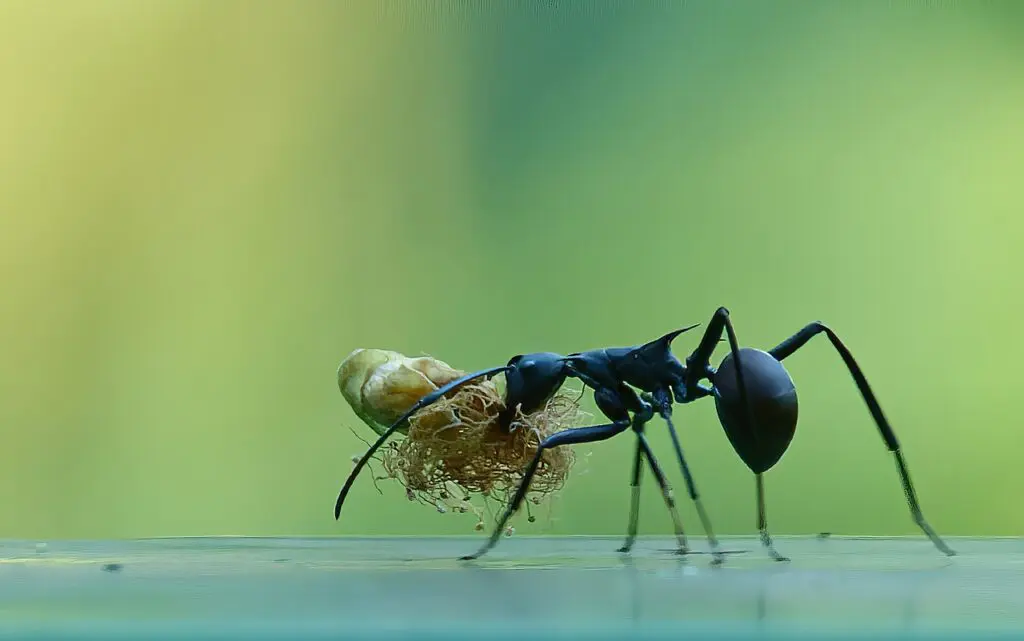
Carpenter Ants vs Termites
Carpenter ants and termites are often confused due to their similar habitat preferences and potential for structural damage, but they have distinct differences in appearance, behavior, and diet. Let’s take a closer look:
Physical Appearance:
- Carpenter ants usually have a narrow waist, elbowed antennae, and segmented bodies. They vary in size and color but are generally larger than termites.
- Termites have straight, bead-like antennae and a broad waist. They are usually pale in color and have soft bodies.
Diet:
- Carpenter ants do not consume wood but tunnel through it to create nests. They feed on a variety of foods, including insects, sweets, and proteins.
- Termites are cellulose feeders, meaning they consume wood, plant materials, and paper. They have specialized gut bacteria to digest cellulose.
Impact on Structures:
- Carpenter ants excavate galleries in wood but do not consume it like termites. They can weaken structures over time but do not cause as much damage as termites.
- Termites are infamous for their ability to cause extensive damage to wooden structures, leading to costly repairs and structural instability.
Nesting Behavior:
- Carpenter ants nest in damp, decaying wood but may also infest dry wood if conditions are suitable. They create galleries for nesting but do not eat the wood.
- Termites construct elaborate tunnel systems within the wood they infest and consume the wood as they tunnel, leading to hollowed-out structures.
Understanding these differences is crucial for proper identification and effective pest control measures. While both carpenter ants and termites pose threats to structures, knowing the specific characteristics and behaviors of each species helps in implementing targeted strategies for prevention and eradication.
How to Get Rid of Carpenter Ants Using Home Remedies
When facing a carpenter ant infestation, there are several DIY remedies you can use to try and eliminate these pests naturally. Natural deterrents and repellents can be effective when it comes to deterring ants from entering your space. Ingredients such as vinegar, citrus peels, cinnamon, and peppermint oil are known to repel ants due to their strong smells and taste. By spraying or placing these natural repellents around entry points and ant trails, you can create barriers to keep ants at bay.
When it comes to further preventative measures, sealing cracks and crevices in walls, floors, and foundations prevents ants from gaining access to your home, effectively disrupting their pathways and nesting sites.
Consulting with a Pest Control Professional
When dealing with carpenter ant infestations, there are instances when seeking professional help from a reputable pest control service like Excel Pest Services becomes necessary.
Professional assistance is required when carpenter ant infestations persist despite DIY efforts or when the infestation is extensive, posing significant structural damage risks. If you lack the expertise or resources to identify and treat the infestation effectively, consulting with a pest control professional is advisable.
In cases where there are concerns about the safety of occupants or the proper application of pesticides, expert intervention becomes crucial. Commercial properties, multi-unit residences, and sensitive environments require specialized treatments best handled by professionals.
Excel Pest Services stands out as a trusted and qualified pest control provider. With years of experience and a team of licensed technicians, Excel Pest Services offers tailored solutions for carpenter ant infestations. Our comprehensive approach combines expert inspections, targeted treatments, and ongoing monitoring to ensure effective control and long-term prevention.
Excel Pest Services prioritizes safety and environmental responsibility, using eco-friendly products and methods. By choosing Excel Pest Services, you can trust that your carpenter ant infestation will be addressed promptly and professionally, providing peace of mind for you and your property.




